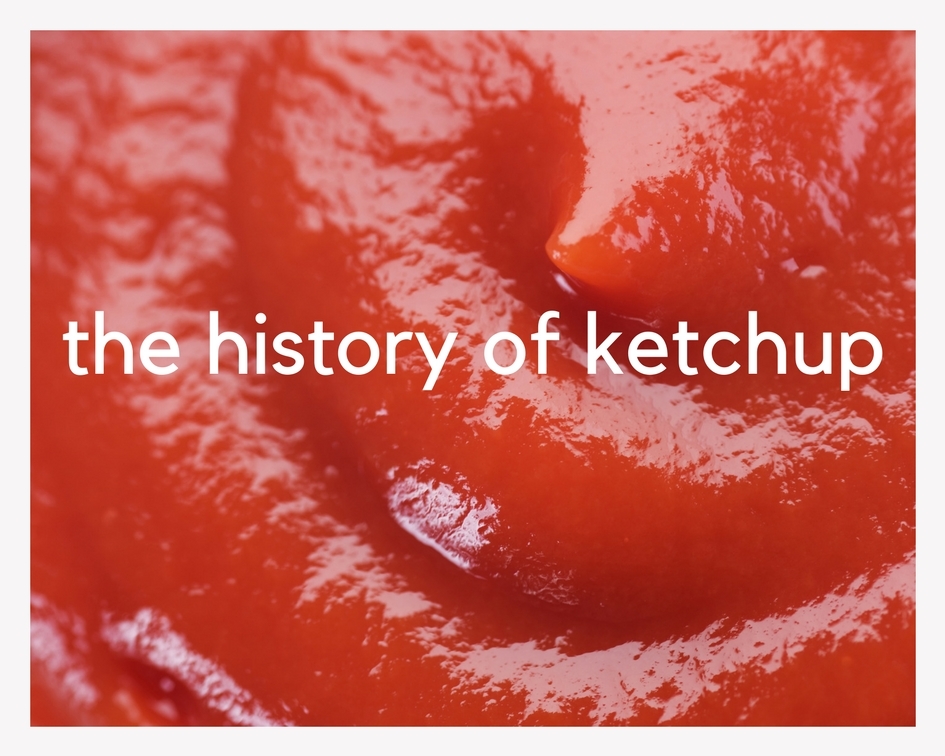When you think of reaching for your blessed ketchup bottle, you might not think much of it unless it’s not there. Ketchup is right up there with salt and pepper in popularity. It’s one of the Americans consume over 10 billion ounces of ketchup per year or about three bottles per person. So, it’s no secret we love our ketchup and hate when we run out.
Next time you reach for your coveted ketchup bottle, think of this. The idea of ketchup started in Southwest Asia. Yep, you can line up this American favorite right next to your soy sauce bottles because it’s likely that is where the British first encountered a savory fermented sauce, probably similar to today’s fish sauce.
It also may surprise you to know that early versions of ketchup didn’t even include tomatoes! In an attempt to replicate the savory aspect of the sauce from Southwest Asia, ingredients such as mushrooms, walnuts, oysters, and anchovies were favorite ingredients until 1812.
It was then that scientist and horticulturist, James Mease published the first tomato-based ketchup recipe. While his recipe was successful, it lacked what we consider today as vital ingredients – vinegar, and sugar. His version was still relatively popular despite one thing; it wasn’t as shelve stable as non-tomato-based versions. Enter, commercially produced ketchup.
At first, manufacturers loaded ketchup with preservatives such as benzoates at very high levels. In fact, Dr. Harvey Washington Wiley led the crusade against high levels of preservatives and chemicals in food. It was in response to this crusade that the famous Henry J. Heinz became convinced that Americans wanted a tomato-based ketchup without added chemicals. Wiley and Heinz partnered together to develop what we now know as ketchup today.
Heinz dramatically increased the amount of vinegar which reduced the rate of spoilage. He also used ripe, red tomatoes which have more pectin in them, which acts as a natural preservative. These two changes helped to stabilize the product and decrease the spoilage.
Their chemical free ketchup was well worth the effort. It dominated the market soon after it’s debut. And, for the most part, this recipe remains entirely untouched. A few updates have been made here and there due to public demand, most recently the removal of high fructose corn syrup. In general, however, the recipe for ketchup has a specific taste that’s hard to replicate.
